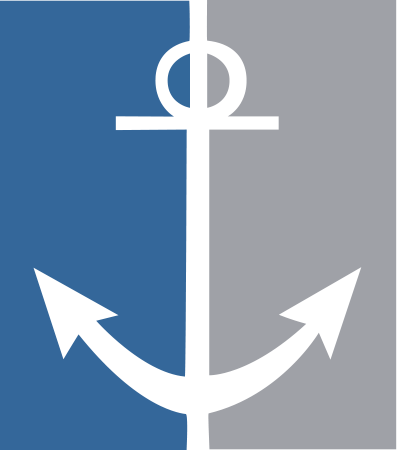In recent years, Great Lakes ports have been working to develop new business in two distinct areas: containerized cargo shipping, and passenger cruise tourism.
These new business sectors have presented a challenge for U.S. Customs and Border Protection (CBP). The processing of shipping containers and passengers is more complicated than the processing of traditional Great Lakes bulk cargoes. Both require unique staffing, equipment, and facilities. CBP officials have explained that they face both funding and staffing limitations and have denied service at some ports, limiting economic growth.
It is our fear that CBP’s current service model will discourage the development of new commerce and jobs at Great Lakes ports. In a real sense, it asks commerce to shape itself to the inspection regime, rather than shaping the federal CBP inspection service to the efficient flow of commerce.
AGLPA Position
Congress should provide more funding and staff for CBP services and capital needs at seaports. It should enact H.R. 6409, the “CBP Space Act,” legislation to authorize expanded use of revenue from the Merchandise Processing Fee (MPF) for capital costs. Further, Congress should direct CBP to develop a small port clearance model that accommodates new start-up business at Great Lakes ports.
Additional Background
The future growth of Great Lakes ports is dependent on developing new business opportunities. One such opportunity is containerized shipping. While common at coastal ports, container shipping has been rare in the Great Lakes. In 2013 the Port of Cleveland launched the first regularly scheduled container shipping service between the Great Lakes and Europe. In 2023 the Port of Duluth launched similar service.
Other Great Lakes ports are also exploring new container services.
The processing of shipping containers by CBP requires unique procedures, additional staff and specific facilities and equipment, including radiation portal monitors. Federal law requires that all shipping containers be scanned for dangerous materials. Monitors are used to detect such material in a non-intrusive way. For a port to initiate container shipping service, CBP must first determine if it can provide inspection staff. The agency stipulates the physical facilities it requires to enable inspections, and it may require the port to purchase equipment.
Another new business opportunity at Great Lakes ports is the development of cruise ship service and cruise tourism. During the summer of 2024, cruise ships are expected to make more than 600 port visits in the Great Lakes carrying more than 20,000 passengers. The processing of cruise passengers by CBP is labor intensive and requires specific facilities and equipment. CBP defines staffing and facilities needs and then forces local ports and communities to cover those costs – or be denied service.
CBP should pay for its own staffing and facilities. Congress should pass H.R. 6409, the CBP Space Act. This legislation would authorize CBP to utilize revenue from the Merchandise Processing Fee (MPF) to cover both staffing and capital costs.
CBP facility and equipment requirements create a “chicken and egg” problem for Great Lakes ports. By its very nature, new business at Great Lakes ports is tentative during the first years. This is true of both container cargo and cruise passenger services. Until business is proven and established, local ports are hesitant to invest in costly CBP-mandated facilities and equipment. CBP inspection requirements should never be so onerous that they snuff-out new business. While CBP has been working cooperatively with Great Lakes ports on interim, temporary processing facilities, the agency should adopt a standardized service model for “start-up” business at small ports. Such a model should allow for temporary, low-cost facilities and borrowed or leased equipment until new business is established.

